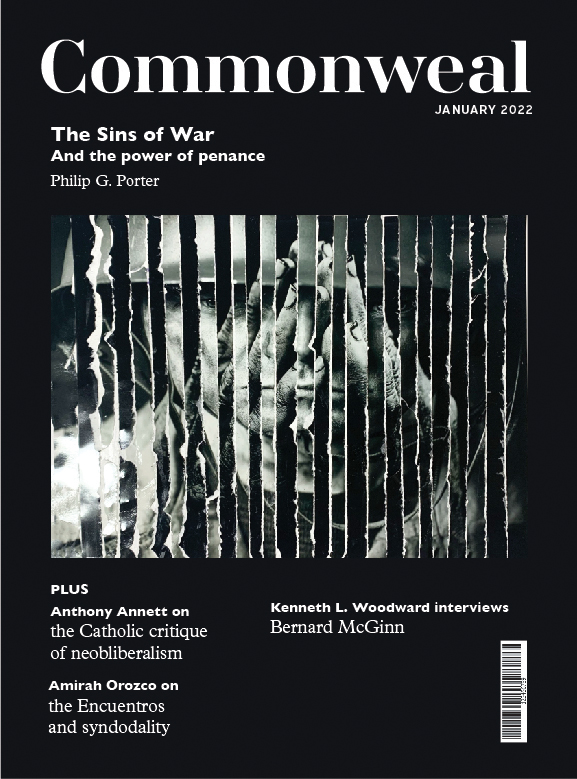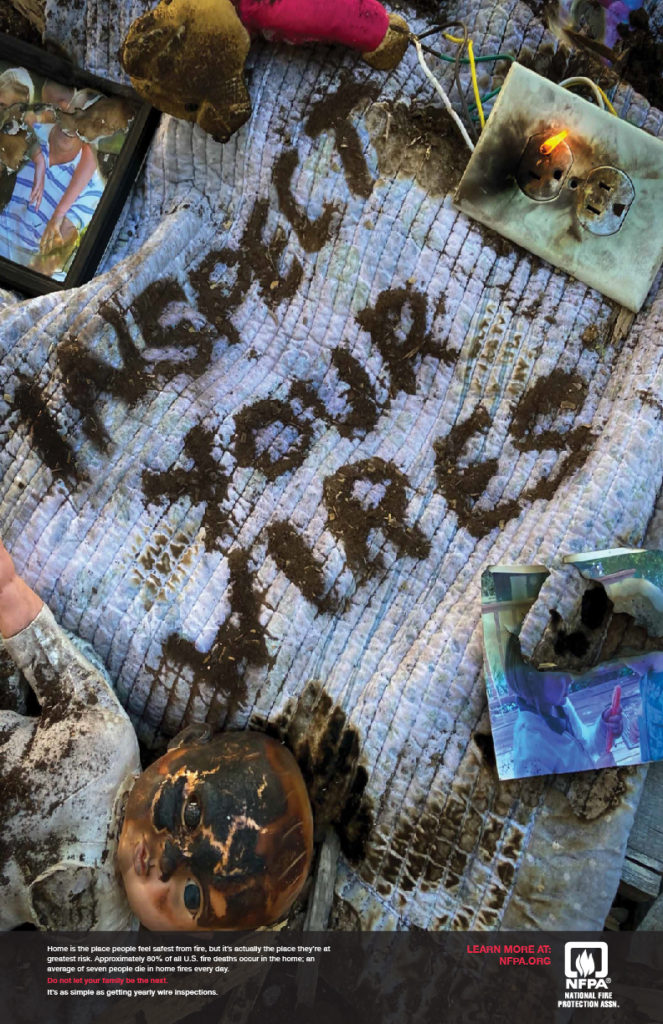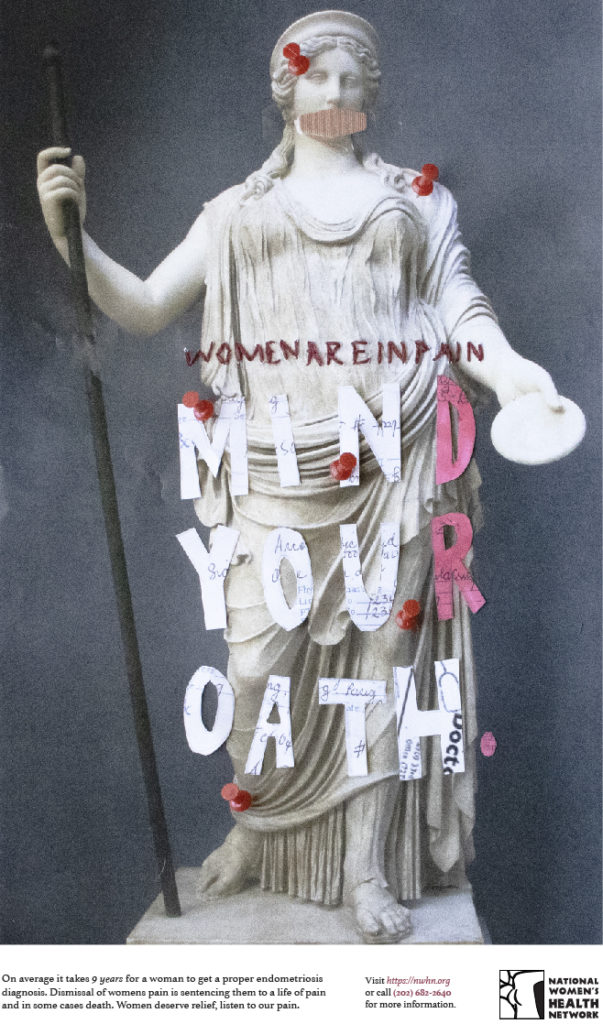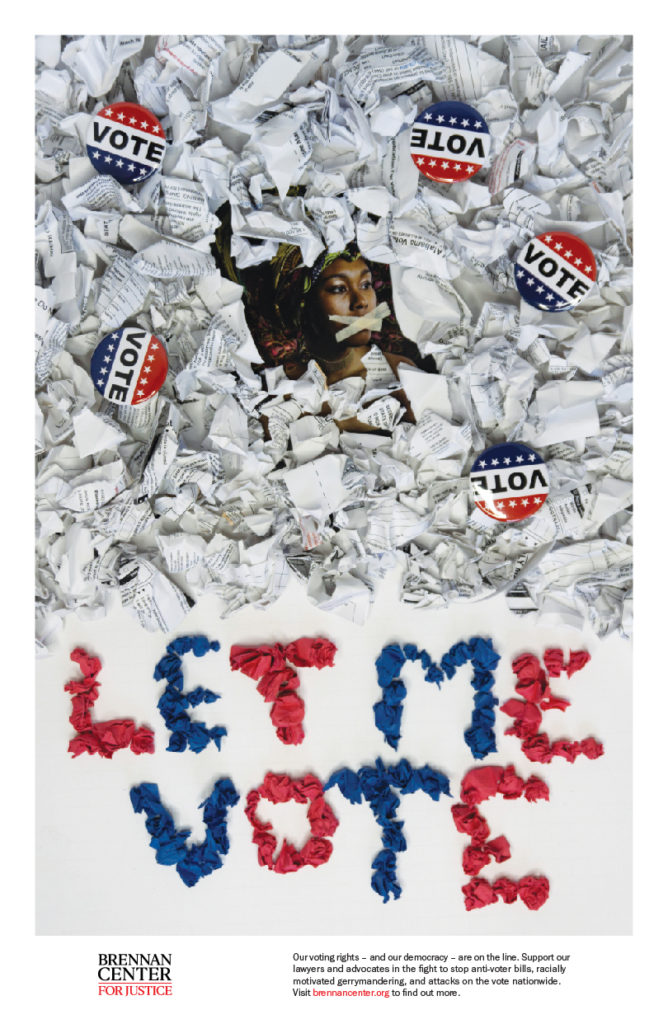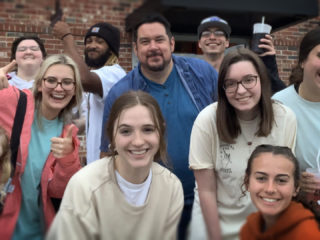What does it mean to be unconventional?
The definition means to simply not conform to what is generally done or believed. In design nearly every student and young design professional attempts to no end to be unique and different in nearly every design they create. I’ve had quite a few students spend countless hours attempting to capture the “unicorn of originality” while denying solid ideas that they felt simply were not different enough. I usually end up quoting Paul Rand by saying “Don’t try to be original, try to be good.” Don’t get me wrong, I don’t deny that originality is great. It really is a unicorn, and if captured it can at times truly create some magical work, but I don’t believe the pursuit of originality is our purpose for every project.
With all that said, many of the issues that plague students when chasing the unicorn deal with their inexperience with methods and materials along with a crippling fear of failure. Students cling to their MacBooks and their Creative Cloud like Linus van Pelt with his blanket. Giving them experience with other tools and methods, and opportunities to fail, is usually the best answer because it gives them the ability to grow and gain confidence.
Three years ago I was given the opportunity to begin teaching the illustration course here at Southern Miss. As mentioned in previous posts (here and here) I wanted to do things a little different, or unconventional. I wanted to force them to think about the nostalgic value found in materials and methods, and to consider image making through means they were unconventional. Now in the third year of teaching the course in this manner I feel like I have evidence that this is a success.
Project 1: HandsOff Poster
After speaking with students and listening in to their own conversations a common remark I’ve heard is “I would’ve never thought of doing that.” I feel like this statement along with what I consider to be high-quality work, to be strong evidence that forcing the unconventional is a great start. However, I feel the project outcomes only tell a part of the story. For each of these projects students were given a day for exploration and discovery, it was branded as a “play day.”
Students who have had me in a course can tell you I genuinely despise the word “play” when used in a design critique. Primarily because the term has a less serious connotation and during a crit I am trying to get them to think seriously about their work and how they communicate it. So, using the term “play” for a “play day” was a difficult pill to swallow. However, I wanted students to understand that on this day it was ok to fail, that the only expectation on them was to have a little fun trying new things and contrary to a crit day, they could let loose a bit.
Project 1: “Play Day”
These “play days” also allowed students to experiment together. In some cases, trying the same thing as another while trying to duplicate results and at other times trying new things to be different than someone else. With community building a major component in my pedagogy this “play day” proved to be an exceptional tool for me to use moving forward not just for encouraging experimentation and failure, but also as a teamwork/community building exercise.
Project 2: “Play Day”
In the end I feel I learned that the best way to encourage unconventional creativity is to not only require new tools but to also allow for a little harmless play. Let the students try something new, and more importantly regain some of that childish sense of curiosity and discovery so that failure can become fun again. Capturing the unicorn of originality is easier when you’re not thinking about being different but instead are having fun simply creating something new.


